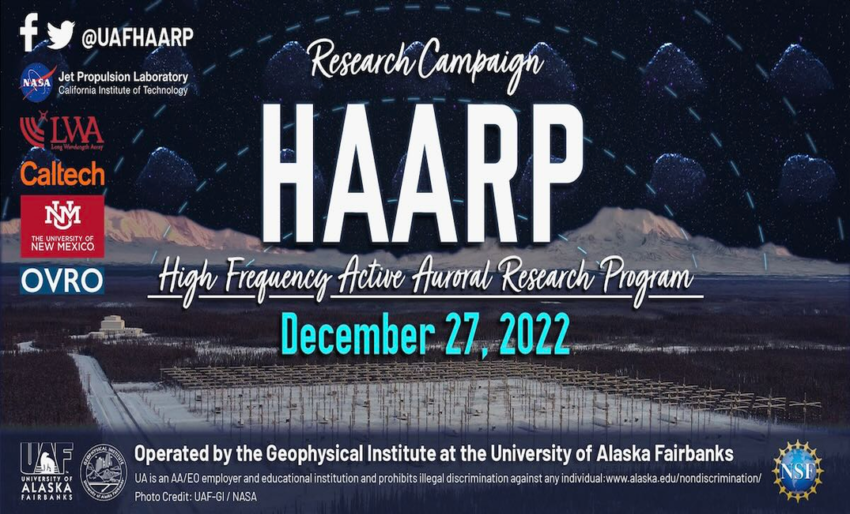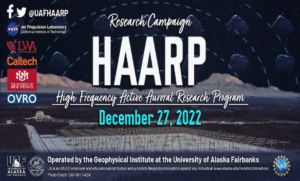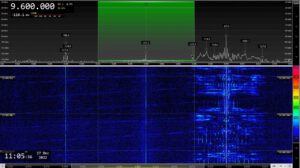

Från IARU Region 1 HF-managers list:
”As announced, the signals of the ”HAARP Asteriod Bounce Experiment” from
Gakona/AL could also be received in DL and other parts of Europe on 9600
kHz today (27.12.) around 11 am UTC. This is shown by some reports which
reached the DARC HF department on Tuesday morning. Those interested can
listen to the 30 kHz wide sweep signal as a short recording at t1p.de/orcll.
”Today’s experiment by means of the HAARP facility in Gakona/Alaska is
only the first preliminary stage of an attempt to investigate the
interior of asteroids by means of shortwave signals from Earth,” says
Tom Kamp, DF5JL, HF officer of the DARC and IARU Region 1. However, only
the next few days will show whether echoes of asteroid 2010 XC15 were
received at all. Until then, numerous data from the HAARP facility as
well as reception reports from radio amateurs and hobby radio
astronomers will be evaluated.
After all, the diameter of asteroid 2010 XC15 is only about 150 metres.
It is also twice as far away from the Earth as the Moon. In addition,
radio astronomy in the short-wave range is still in its infancy.
Although Karl Jansky, a US physicist and radio engineer, was already
able to assign signals around 20 MHz to a radio source outside our solar
system in 1930. In 1932, Jansky was able to determine the direction more
precisely: The signals came from the constellation Sagittarius in the
centre of the Milky Way. A detailed article on this and on shortwave
radio astronomy in general is planned for the February issue of CQDL,
the monthly members magazine of DARC.

An exciting topic not only for professionals: ”The ’Radio JOVE’ project
of the NASA Goddard Space Flight Center, which observes so-called
Jupiter bursts on 20.1 MHz, has proven to be particularly suitable for
those interested in radio astronomy”, says Tom DF5JL. Due to their
frequency and high signal strength, the signals are easy to receive even
with modest means: ”An eventful and usually worthwhile attempt to check
one’s HF reception equipment as well as to get a taste of radio
astronomy in general.”
73 Tom DF5JL”
